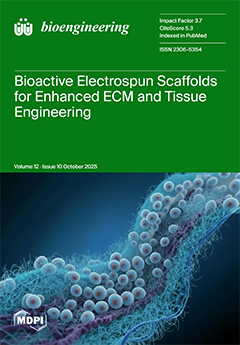Background/Objective: Tear hyperosmolarity is the main triggering factor in the immunopathogenesis of dry eye disease (DED). Tear osmolarity is known as the relevant metric to evaluate DED severity; however, measuring tear osmolarity after slit lamp examination (SLE) is known as a contraindication due to variability. In this study, we investigated the effects of SLE and fluorescein staining (FS) on the variabilities of tear osmolarity.
Methods: In this prospective observational study sixty-five patients were enrolled in the study, comprising 31 healthy controls and 34 DED patients. The tear osmolarity was measured in the right eye using the TearLab
® system. The initial measurements were performed to establish baseline values before SLE, and additional measurements were performed after 20 s of SLE and followed by 20 s of SLE+FS. There were five-minute intervals between measurements. A correlation analysis was performed between OSDI score, tear film break-up time (TBUT), and tear osmolarity. A linear mixed-effects model was also applied to account for repeated measures and inter-subject variability.
Results: The mean ages of the control and DED group were 31.3 ± 11.5 and 50.5 ± 15.5 years. Increased tear osmolarity was significantly associated with greater OSDI score and lower TBUT only in DED patients, but not in normal controls (OSDI:R = 0.378/
p = 0.030, TBUT:R = −0.543/
p = 0.011). The mean tear osmolarities in the normal controls were 298.3 ± 11.3, 299.1 ± 13.3, and 297.0 ± 12.6 mOsm/L at baseline (group 1), after SLE (group 2), and after SLE+FS (group 3), respectively, with no significant difference (
p = 0.379). However, there was a significant difference in the tear osmolarities of the three groups in the DED patients (296.1 ± 11.5, 296.5 ± 11.0, and 291.2 ± 11.3 mOsm/L for groups 1–3, respectively/
p < 0.001). The tear osmolarity of group 3 was significantly lower than those of groups 1 and 2 in the DED patients (
p = 0.010/0.016). After FS, the mean tear osmolarity decreased by 4.9 ± 9.2 mOsm compared to the baseline in DED group.
Conclusions: Tear osmolarity was only decreased in DED patients after SLE+FS, whereas it was unaffected in normal control subjects. Increased tear osmolarity in only DED patients correlated with increased symptom scores and decreased TBUT. These fluctuations in tear osmolarity reflect compromised tear film homeostasis in DED, highlighting the need to contextualize osmolarity data with clinical DED parameters.
Full article






